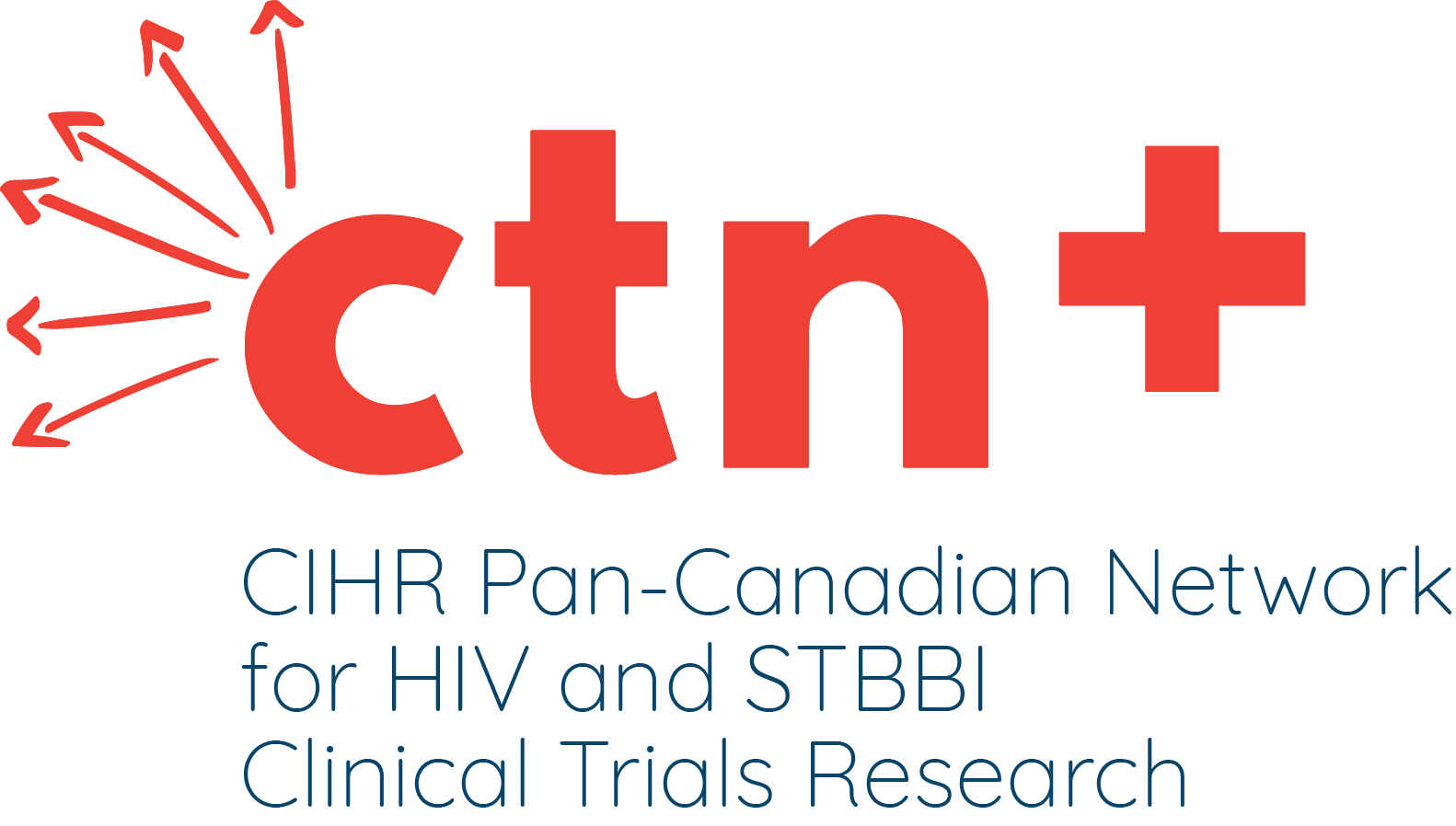
Dr. Nadine Kronfli, CTN Investigator and PI for two ongoing studies examining the impacts of COVID-19 on Canadian prison populations
As we now know, the COVID-19 pandemic has laid bare many of the inequities in Canadian society. We have learned that people living in congregate settings with chronic health conditions tend to be the most vulnerable, along with communities of colour and others contending with marginalization.
There is one group that meets all of these criteria, yet continues to be largely ignored — people who are incarcerated.
“The majority of people in provincial prisons are released within weeks of their entry. They’re your hairdresser, your neighbour, or the person who packs your groceries. They’re part of our community,” says Dr. Nadine Kronfli, a CTN scientist and principal investigator for two ongoing studies examining the impacts of COVID-19 on Canadian prison populations. “Why, then, have we not given prisons the attention they deserve when it comes to halting the spread of COVID-19?”
Prisons and long-term care facilities: a worthy comparison?
When it comes to COVID-19, Dr. Kronfli likens prisons to long-term care facilities. For one, both have a high density of people living and working in close quarters. Second, both have high proportions of individuals living with comorbidities — hypertension and diabetes the most common among people in prison. Third, like long-term care facilities, the borders between prisons and surrounding communities are porous, as staff, community members, and inmates come and go regularly.
While long-term care facilities have received significant attention since the emergence of COVID-19 due to outbreaks in facilities from coast to coast, prisons have received relatively little attention despite outbreaks of their own. Some studies have shown a COVID-19 prevalence rate of up to 87 per cent among prison populations, rivaling even some of the hardest hit long-term care facilities.
Unlike most long-term care facilities, however, Indigenous people and people of colour are overrepresented in both federal and provincial prisons. As has now become clear, racialized people, especially black and Indigenous people of colour, have borne the brunt of the COVID-19 pandemic. These factors, combined with limited access to health services, overcrowding, and difficulties physical distancing, put people who are incarcerated in particular danger from COVID-19.
Gathering data on COVID-19 in prisons
Dr. Kronfli had one her first experiences working with prison populations through CTNPT 034, a study comparing standard hepatitis C screening with point-of-care testing in Quebec’s largest provincial prison. Dr. Kronfli is also a professor of medicine at McGill University and serves as a scientist in the Infectious Diseases and Immunity in Global Health Program at the Research Institute of the McGill University Health Centre.
While Dr. Kronfli hoped to continue expanding her work towards hepatitis C elimination in the Canadian prison system, in 2020 she pivoted her work towards understanding the seroprevalence of COVID-19 in prisons and improving vaccine rollout.
Her first study, funded through Canada’s COVID-19 Immunity Taskforce, aims to paint a better picture of COVID-19 in Quebec provincial prisons. Dr. Kronfli and her team will administer antibody tests in three provincial prisons in Quebec to better understand the proportion of staff and inmates who have been exposed to SARS-CoV-2. Another CTN investigator, Dr. Alexander Wong, will be heading a parallel study in Saskatchewan.
At the moment, COVID-19 tests are also only administered in prisons once someone begins to show symptoms. But experts predict that one in five people infected by COVID-19 never show symptoms at all. Many prisoners are also held for such a short period of time, 24 – 48 hours, or are being held temporarily as they await trial. These transient populations are yet another reason why tracing the impact of COVID-19 in prisons has proven to be extremely difficult.
At this point, data is critical, especially as provinces continue to ramp up vaccination programs and assess who should be considered priority populations.
“The goal is to use our data in real-time,” explains Dr. Kronfli. “When it comes to vaccination, we hope to prioritize people who are incarcerated in provincial planning, and to do so, we need a better understanding of what’s going on.” Even decision makers have been pointing out the lack of data when it comes to COVID-19 in prisons, and have been calling for additional studies like Dr. Kronfli’s and Dr. Wong’s to fill the knowledge gaps.
Vaccinations in Prison
Dr. Kronfli’s second study, funded by the McGill Interdisciplinary Initiative in Infection and Immunity, aims to improve COVID-19 vaccination rates in federal prisons by designing and implementing a COVID-19 educational program, giving people who are incarcerated the tools to make informed decisions vis-à-vis vaccination.
“Individuals who decline vaccination in prisons do so for various reasons,” explains Dr. Kronfli. “But there is evidence to suggest that education – if delivered by trustworthy sources – may improve vaccination uptake rates.”
This program aims to address historically low vaccination rates in prisons – such as the influenza vaccine, which is typically accepted by only one third of people who are incarcerated. “COVID-19 vaccine uptake among incarcerated populations will need to reach much higher levels in order to mitigate the potential impact of COVID-19, even on a societal level,” states Dr. Kronfli.
The team will begin by interviewing people in prison to determine which information should be included in the education program. Dr. Kronfli’s team will then design the program based on priorities identified through these interviews. The educational program will be delivered by nursing staff and peers in three federal facilities in British Columbia, Ontario and Quebec.
To assess its effectiveness, the study team, which includes CTN Investigators Drs. Joseph Cox and Bertrand Lebouché, will measure the change in inmates’ overall knowledge of COVID-19, awareness of the vaccines, and willingness to get vaccinated before and after the intervention. If successful, the intervention could be disseminated throughout the Canadian correctional system to increase vaccine uptake in the approximately 40,000 Canadians who are incarcerated.
Data as Advocacy
Data is critical when it comes to an equitable fight against COVID-19. “At the end of the day, I collect this data in order to advocate for people in prison,” says Dr. Kronfli. “If decision makers have a better understanding of the impact of COVID-19 among those incarcerated, then they will be hopefully forced to act upon it.”
However, Dr. Kronfli accepts that increased testing and education programs are not the only solutions for reducing COVID-19 cases in prisons; larger measures must be considered for improving the health and safety of Canada’s prison population. For example, early in the pandemic approximately 25% of Canada’s provincial prison populationwere prematurely released, mostly those awaiting trial and those serving intermittent or weekend sentences. Follow-up studies have shown that this led to decreased COVID-19 outbreaks without an increase in crime rates or re-incarceration.
So why has Canada not supported other policies to protect people in prison, as they have in long-term care facilities? “Ultimately, individuals in prison are treated as second-class citizens,” says Dr. Kronfli. “The state doesn’t feel an equivalent responsibility to protect those in custody. But these people should not be punished by jeopardizing their health. That’s just not right.”






